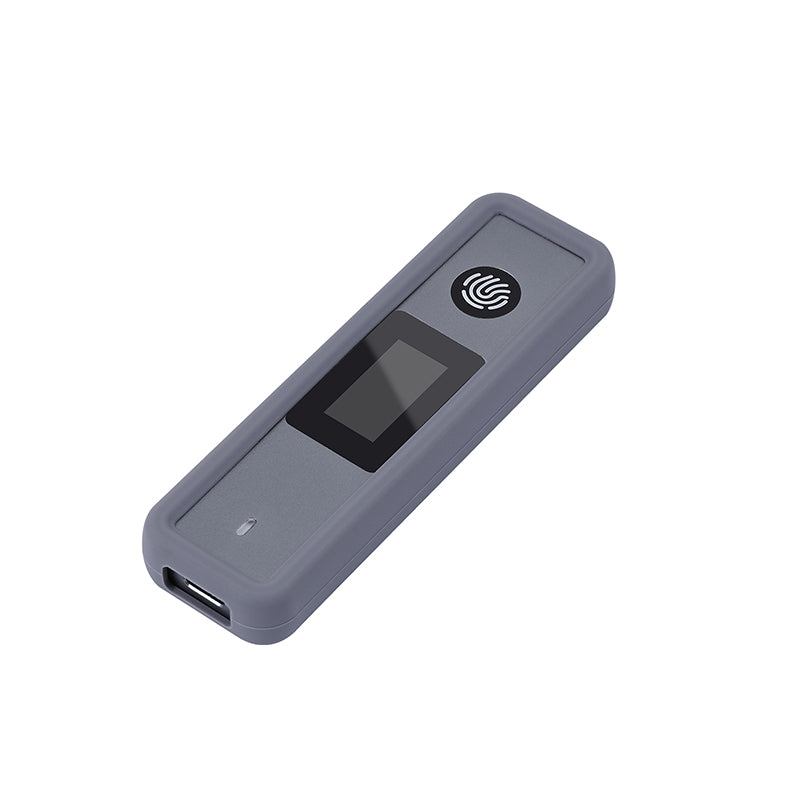
Share
How to Protect Your Electronics from Humidity in the Caribbean Climate
Why Humidity Is a Hidden Threat to Electronics
Everyone knows electronics and water don’t mix. But it’s not just splashes or spills you need to worry about—humidity, the invisible moisture in the air, can be just as damaging.
In places like Barbados and across the Caribbean, high humidity quietly seeps into your home and gadgets, causing corrosion in metal ports, short circuits in delicate components, and even permanent data loss. Unlike a cracked screen, moisture damage is subtle and often irreversible by the time it's noticed.
💡 Did you know? Once relative humidity exceeds 60%, the risk of mold growth and metal oxidation increases exponentially—even without direct water contact.
Just How Humid Is the Caribbean? (With Real Numbers)
Let’s put this into perspective: the Caribbean region averages 70–85% relative humidity year-round, which is significantly higher than the 50–60% range typical in Europe or North America. In Barbados, the wet season (from July to November) frequently sees humidity levels climbing above 85%, especially during nighttime hours.
This environment means condensation can form inside your devices—on motherboards, in ports, and even between display layers—leading to electrical conductivity issues and slow, invisible corrosion.
And it’s not just a theory. According to the Barbados Meteorological Services, local humidity peaks coincide with higher device failure rates, especially in homes without climate control.
Why Humidity Damages Electronics
Humidity damages electronics in three main ways:
- Condensation and moisture buildup can create unexpected short circuits when water bridges electrical contacts.
- Corrosion slowly degrades metal connectors, charging ports, and circuit boards.
- Mold and mildew—yes, they can grow inside ports and cable ends—can cause connectivity issues and even bad odors.
The worst part? These effects aren’t always immediate. Damage accumulates over time, so a device might work fine for months… until one day it doesn’t.
Signs Your Devices Are Affected by Humidity
If you notice rust-colored stains near charging ports, screen flickering, or a sluggish touchscreen, it could be humidity—not age—that’s to blame. Other signs include overheating, USB cables that “wiggle loose,” and battery drains caused by unseen corrosion inside power pathways.
Common Risk Areas in Caribbean Homes
Certain areas around the house are especially risky:
- Beachfront properties face double trouble: high humidity and salty air, which accelerates corrosion.
- Bathrooms and kitchens, where steam often lingers.
- Poorly ventilated rooms, closets, and basements, where moisture gets trapped.
If you store your electronics in these areas without proper protection, you're inviting long-term damage.
Essential Tips to Protect Your Electronics
The good news? You don’t need to buy all-new gear—just adopt a few simple moisture-smart habits:
- Keep silica gel packets in drawers, shelves, and inside unused device cases.
- Place mini dehumidifiers near workstations or TV setups.
- Avoid fabric covers that trap damp air—opt for breathable materials instead.
- Wipe down ports and cables weekly, especially if your home is close to the coast.
- Add exhaust fans or ceiling fans to improve air circulation.
Humidity-Proof Setup for Home Offices & Studios
Whether you’re a remote worker or a music producer, protecting your creative setup is key:
- Raise electronics off the floor—moisture tends to pool lower.
- Choose metal shelves over wood, which absorbs moisture and encourages mold.
- Add oscillating fans to keep air moving and prevent condensation from forming.
Best Practices for Travel and Outdoor Devices
Taking your devices out? Pack smart:
- Use waterproof dry bags or zipper-sealed pouches for your phone and power bank.
- Avoid leaving gear inside parked cars, especially under the sun where temperature shifts can worsen condensation.
- Consider portable solar chargers with water-sealed ports and ruggedized shells.
Can Air Conditioners Help? What You Should Know
Air conditioners can help reduce humidity indoors—but they’re not a full solution. Many units only cool the air without effectively dehumidifying it, especially in smaller or older systems. To truly fight humidity:
- Pair your AC with a standalone dehumidifier, especially in bedrooms and studios.
- Clean AC filters regularly to avoid mold buildup.
Recommended Tools and Accessories
Here are a few affordable tools that make a real difference:
- Mini dehumidifiers (under $50) for bedrooms and tech corners.
- Waterproof phone/tablet pouches—great for travel or even home use near kitchens.
- Digital hygrometers, which help you monitor your indoor humidity in real-time.
Conclusion: Long-Term Habits for Device Longevity
Humidity isn’t just a seasonal inconvenience—it’s a year-round threat to your tech in the Caribbean. But by making small changes to your daily habits and home setup, you can drastically extend the life of your electronics.
Treat humidity like dust: it’s invisible, but always there—and worth protecting against.



